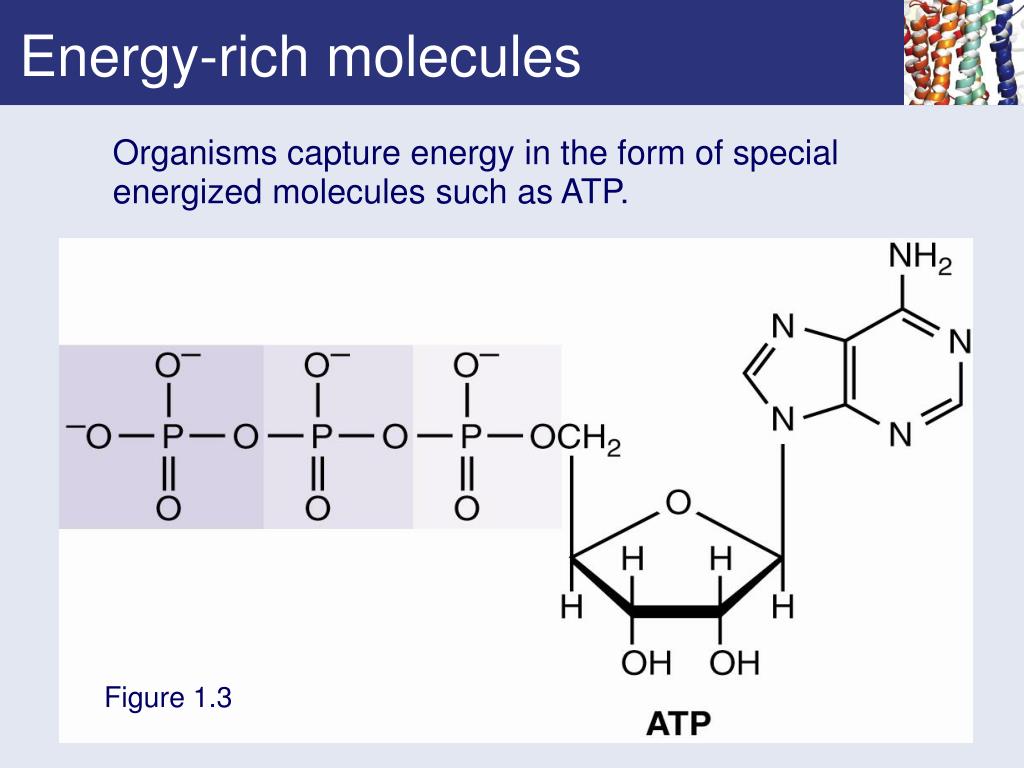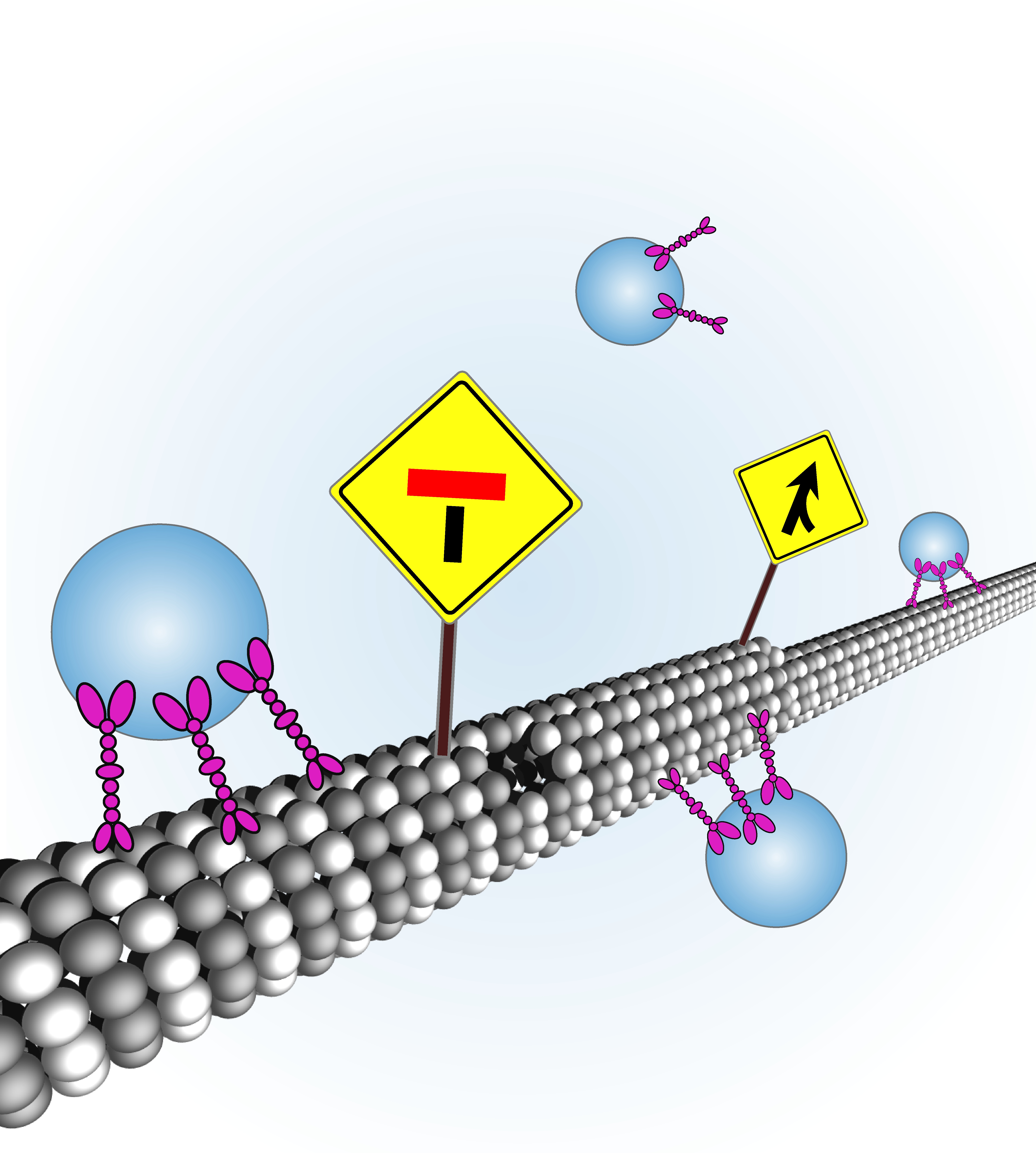

As already noted, conceiving of genes as traits, or as trait-bearing particles, is suggested to hamper the learning of the mechanisms by which genes affect traits, because these alternative conceptions abolish the need for such mechanisms in the learner’s mind.ĭuring our evaluation of students’ understanding of the mechanisms underlying genetic phenomena, we frequently identified the aforementioned alternative conceptions. Conceiving of genes as traits or as carriers of traits could be educationally problematic, because this view may abolish the need for a mechanism as such, it may form a barrier to learning about possible mediating mechanisms ( Lewis and Kattmann, 2004 Venville et al., 2005 Southard et al., 2016).Īlthough many studies have characterized the difficulties experienced by students in understanding the mechanisms by which genes determine traits and have focused on improving instruction, less attention has been paid to the origin of the differences in students’ gains from such instruction-the reason some students fail to understand these mechanisms, while others succeed with the same instruction. These alternative conceptions of genes were suggested to stem from using the terms “genes” and “traits” interchangeably ( Thörne et al., 2013).

Similarly, students often use explanations that imply that genes are traits or carry traits ( Lewis and Kattmann, 2004 Venville et al., 2005). High-school students struggle with explaining what genes are ( Marbach-Ad and Stavy, 2000). Even when students conceive of genes as controlling traits, they experience difficulties explaining how this occurs ( Marbach-Ad and Stavy, 2000 Duncan and Reiser, 2007 Todd and Kenyon, 2015). It has been shown that students of various ages often conceive of genes as passive particles passed from parents to offspring ( Venville and Treagust, 1998). The differences between these mechanisms lie in the various functions of the translated proteins (e.g., protein kinase, cellular receptor) and, accordingly, their involvement in many cellular processes leading to traits (e.g., eye color, height). When referring to gene-to-trait mechanisms, we relate to the more general process leading from gene to protein production in a cell, the so-called central dogma in biology, as well as to more specific cellular mechanisms leading to the expression of different traits. Specifically, students have difficulty understanding the genetic mechanisms by which genes determine traits ( Lewis and Kattmann, 2004 Dos Santos et al., 2012 Gericke and Wahlberg, 2013). These studies show that understanding genetic mechanisms is challenging. In the past two decades, research in biology education had put much emphasis on students’ understanding of genetic mechanisms (e.g., Marbach-Ad and Stavy, 2000 Stewart et al., 2005 Duncan and Tseng, 2011 Freidenreich et al., 2011 Shea et al., 2015 van Mil et al., 2016). The importance of mechanistic reasoning lies in its use to suggest mechanisms underlying unexplored phenomena ( van Mil et al., 2013).

In science education, there has been a focus on promoting mechanistic explanations over teleological and anthropomorphic ones ( Tamir and Zohar, 1991 Abrams and Southerland, 2001). Scientists use mechanisms to explain, predict, and control natural phenomena ( Craver and Darden, 2013). Mechanisms are central to understanding and describing how phenomena are generated.

These findings suggest that an initial description of a phenomenon should hint at a mechanism even if the mechanism would be learned only later. Our results suggest that nonmechanistic conceptions of a phenomenon may create a barrier to learning the underlying mechanism. We found that ninth- and 12th-grade students with nonmechanistic conceptions are less successful at learning the mechanisms leading from gene to trait than students with mechanistic conceptions. In this study, we investigated how ninth- and 12th-grade students’ conceptions of genetic phenomena affect their ability to learn the underlying mechanisms. We termed these “nonmechanistic” conceptions of genetic phenomena because they do not allow the space required for a mechanism to exist in the learner’s mind. It has been shown that students sometimes conceive of genes as traits or as trait-bearing particles. These mechanisms are difficult to teach and learn. Understanding genetic mechanisms affords the ability to provide causal explanations for genetic phenomena.


 0 kommentar(er)
0 kommentar(er)
